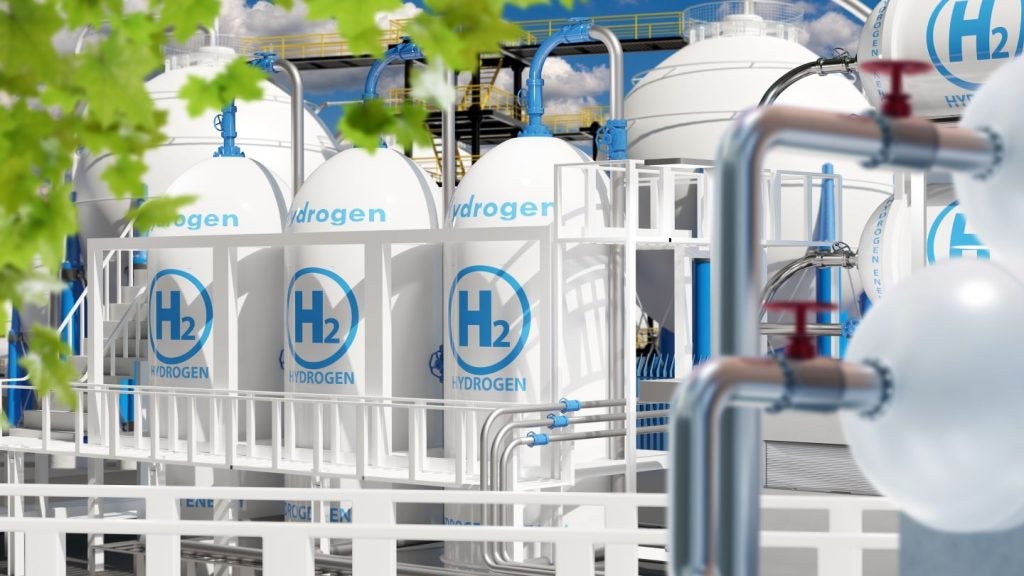The global geothermal power market is expected to grow from $7.4bn in 2024 to $14.5bn by 2034, driven by rising demand for round‑the‑clock, low‑carbon energy, according to a new report by Allied Market Research.
The report finds that geothermal power – electricity generated from heat within the Earth’s crust – is set to expand at a compound annual growth rate of 7% between 2025 and 2034, as countries work to replace fossil fuels and meet net‑zero targets. Unlike solar and wind, geothermal plants can operate continuously, making them attractive for baseload supply and industrial heat while cutting greenhouse gas emissions and import dependence.
According to the study, sustainability mandates, renewable energy targets, and incentives from governments and financial institutions are encouraging new geothermal projects, particularly in resource‑rich regions such as East Africa, South East Asia, North America and parts of Europe. Advances in drilling and enhanced geothermal systems are widening the range of viable sites by allowing access to deeper and less conventional reservoirs.
The report stresses that high upfront costs remain the main obstacle. Exploration requires extensive geological surveys and test wells, with drilling often costing several million dollars per well and no guarantee of success. These risks, combined with long payback periods, make geothermal less appealing to investors compared to faster, cheaper solar and wind developments.
Growing investment in clean energy infrastructure is highlighted as a key opportunity, with green bonds, climate funds and public–private partnerships helping to de‑risk the early stages of projects. Flash steam plants are projected to be the fastest‑growing technology segment, while industrial and commercial users increasingly adopt geothermal for process heat and energy efficiency. Asia‑Pacific is identified as the fastest‑expanding regional market, supported by energy diversification policies and strong geothermal resources.













